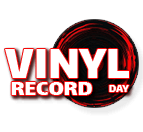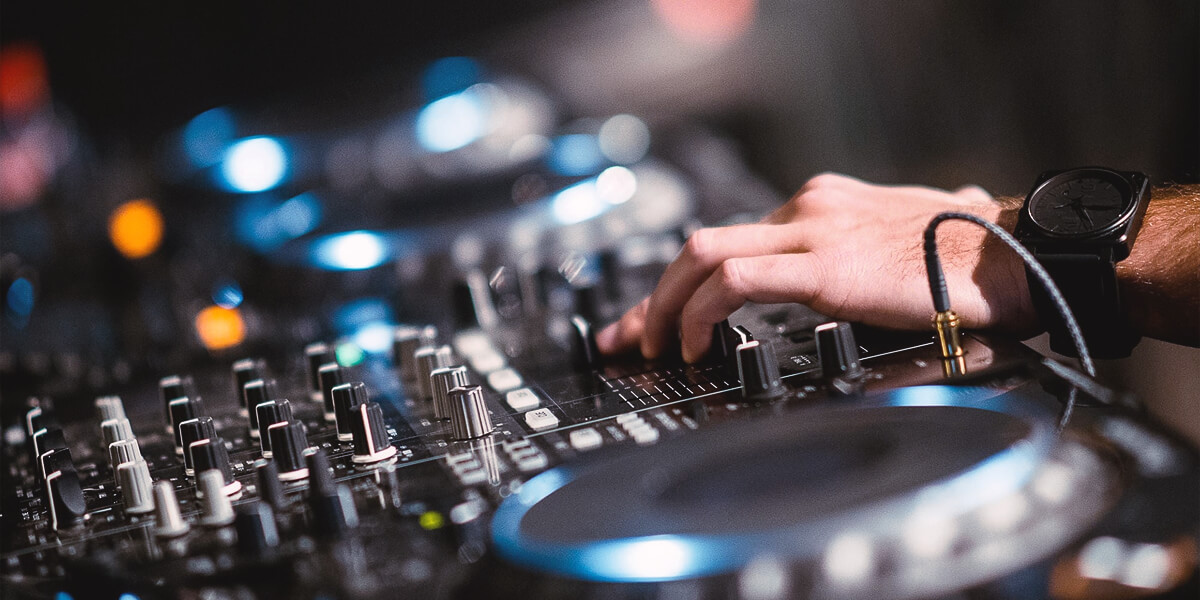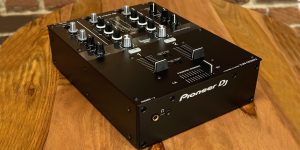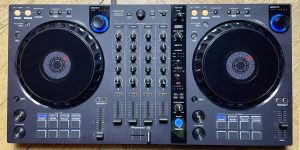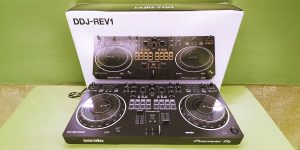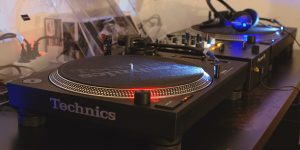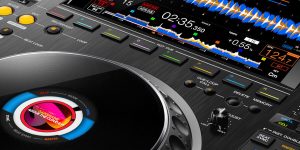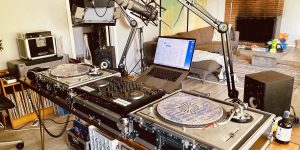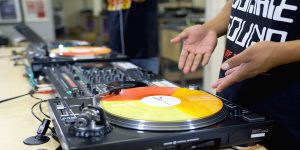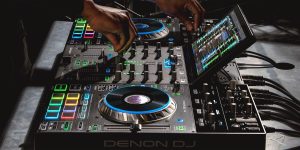Whether you’re a pro or just starting your journey into the world of DJing, a controller holds the key to unlocking your creativity and transforming your mixes into a piece of art. In this article, I’m going to explore what a DJ controller is, its types, vital roles, and functions. I’ll guide you through the components that make these controllers the beating heart of every DJ’s arsenal.
What is a DJ controller?
By using a DJ controller, you can have greater control and precision over the mixes compared to using just a computer and mouse.
Definition and function
A DJ controller is a hardware device that DJs use to control and manipulate music playback and mixing functions. It is typically designed to work with DJ software on a computer or a mobile device. Its primary function is to provide a hands-on interface for DJs to interact with their music in real-time.
Types of DJ controllers
Various types of them are available in the market, catering to different DJing styles, preferences, and budgets. Here are some common DJ controllers:
- Entry-level: Designed for beginner DJs or those on a budget, offering basic functionality, a compact size, and a simplified layout of knobs, faders, and buttons. Often comes bundled with entry-level DJ software.
- Standard: Suitable for most DJs, offering more advanced features such as performance pads, dedicated effects controls, and better integration with DJ software.
- Professional: They often have a larger footprint, a higher build quality, and additional features like motorized jog wheels, high-resolution displays, extended connectivity options, and enhanced performance pads. This type is typically more expensive.
- Modular: Consist of separate components that can be customized and combined to create a personalized setup.
- Serato, Traktor, and Rekordbox: DJ controllers are often categorized based on their software compatibility. These popular DJ software platforms and controllers are specifically designed to work with these software programs.
What is a DJ controller used for?
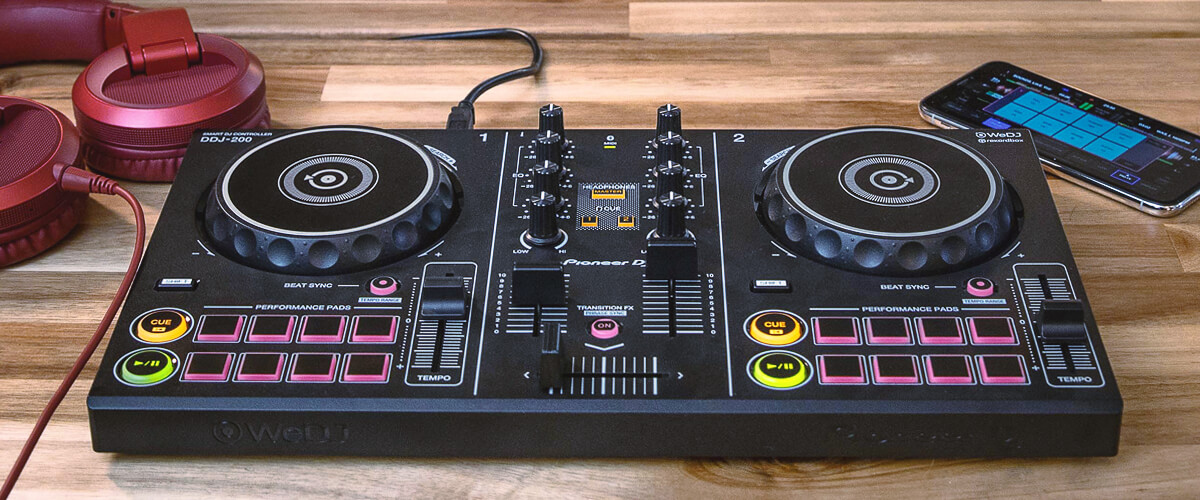
Since I’ve already mentioned its primary function, I’d like to take a closer look at DJ controllers’ main uses and describe them for you in detail:
- Mixing. Enable DJs to mix multiple songs together seamlessly. They provide controls such as faders, knobs, and jog wheels to adjust the volume levels, crossfade between tracks, and create smooth transitions.
- Beatmatching. Offer features like pitch sliders or encoders to adjust the speed (tempo) of the tracks, helping DJs align the beats and create seamless transitions.
- Cueing and monitoring. Include headphone jacks and dedicated controls for cueing and monitoring so you can listen to a track before playing it live, ensuring it’s in sync with the currently playing track and making adjustments if needed.
- Making effects and processing. Controllers come with built-in effects and processing capabilities. DJs can apply effects like reverb, echo, filters, and more to manipulate the sound of the music, which can be controlled through dedicated knobs, buttons, or touch-sensitive pads on the controller.
- Sampling and looping. DJs can loop and manipulate specific song sections, triggering samples and creating unique arrangements and remixes during their performances.
How a DJ controller works?
It works by acting as an intermediary between the DJ and the special software, and I suggest this step-by-step overview of how a controller operates:
- The DJ controller is connected to the software through a USB cable or wirelessly to establish a communication link between them.
- The configuration step involves mapping the physical controls on the DJ controller (knobs, faders, buttons, jog wheels, etc.) to specific functions and commands in the DJ software. Mapping allows the software to recognize and respond to the input from the controller.
- Then the physical controls on the controller are used to interact with the DJ software. The movements and adjustments are translated into commands that affect the playback and mixing of music within the software.
- The DJ controller provides controls for play/pause, cueing, seeking, and adjusting volume levels. You manipulate the jog wheels to control the position and speed of the tracks, enabling beatmatching and precise mixing.
- The changes, like effects and processing, are translated into commands that modify the audio output of the DJ software.
- DJ controllers may have built-in displays or LED indicators that provide visual feedback. This can include track information, waveforms, BPM (beats per minute), and other relevant information, which helps to monitor and make decisions during the performances.
Components of a DJ controller
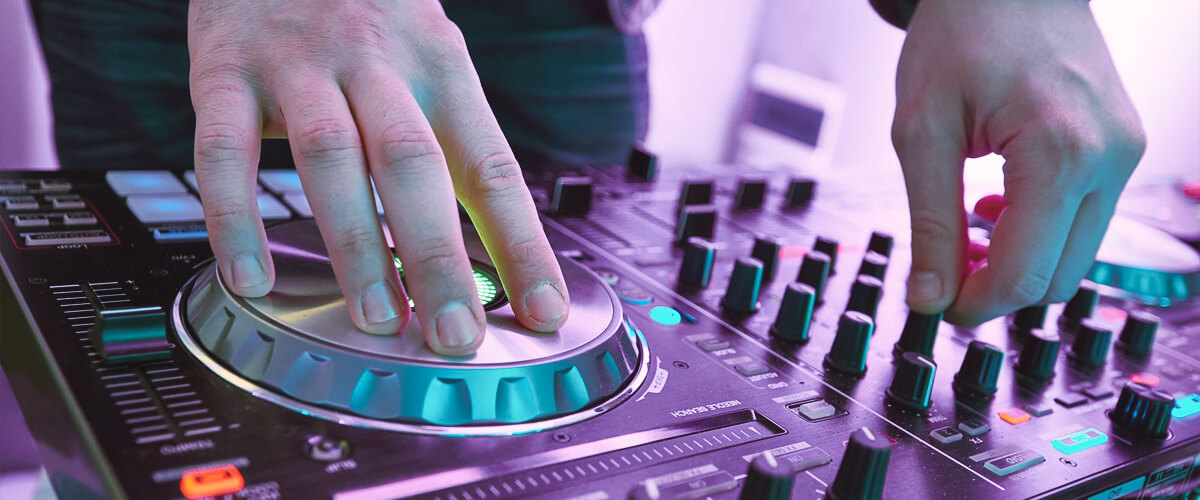
Depending on the model and brand, the parts of a DJ controller can vary, but there are some basic units that come with them.
Jog wheels
These are large, touch-sensitive wheels that resemble vinyl turntables for manipulating the position and speed of the tracks. By touching and spinning the jog wheels, DJs can scratch, nudge, and perform precise beatmatching and cueing.
Faders
The sliders control the volume levels of individual channels or the overall mix. DJs use faders to smoothly fade in and fade out tracks, create gradual transitions, and balance the levels between different songs.
EQ controls
The equalizer includes knobs or sliders that adjust the frequency response of the audio. Typically, there are three-band EQ controls for bass, midrange, and treble. You can use them to shape the sound of individual tracks or the overall mix, emphasizing or reducing certain frequencies.
Effect controls
These are dedicated knobs, buttons, or touch-sensitive pads that allow to apply various audio effects to the music. You can manipulate effects like reverb, echo, filters, flanger, and more to add texture, depth, and other creative elements to the mixes.
Performance pads
The set of rubber or touch-sensitive pads provides additional functionality and performance features. Using these pads, DJs can trigger samples, loops, cue points, and hot cues. They can also activate features like slicer, roll, beat jump, and more.
Connectivity options
DJ controllers may include USB ports for connecting to a computer, RCA or XLR outputs for connecting to speakers or sound systems, microphone inputs, headphone jacks, and sometimes MIDI or Ethernet ports for extended connectivity.
